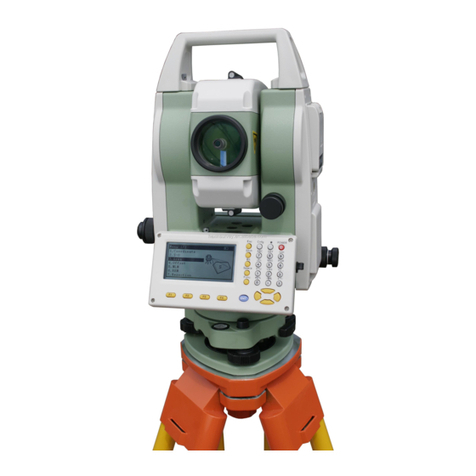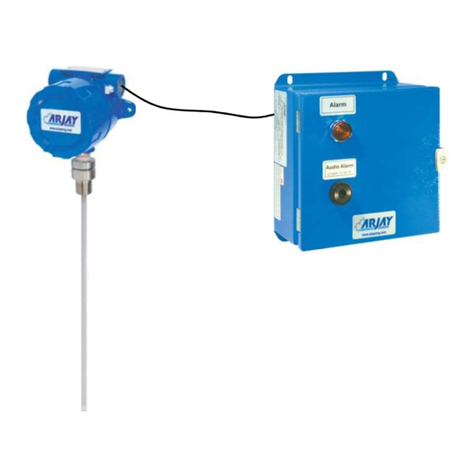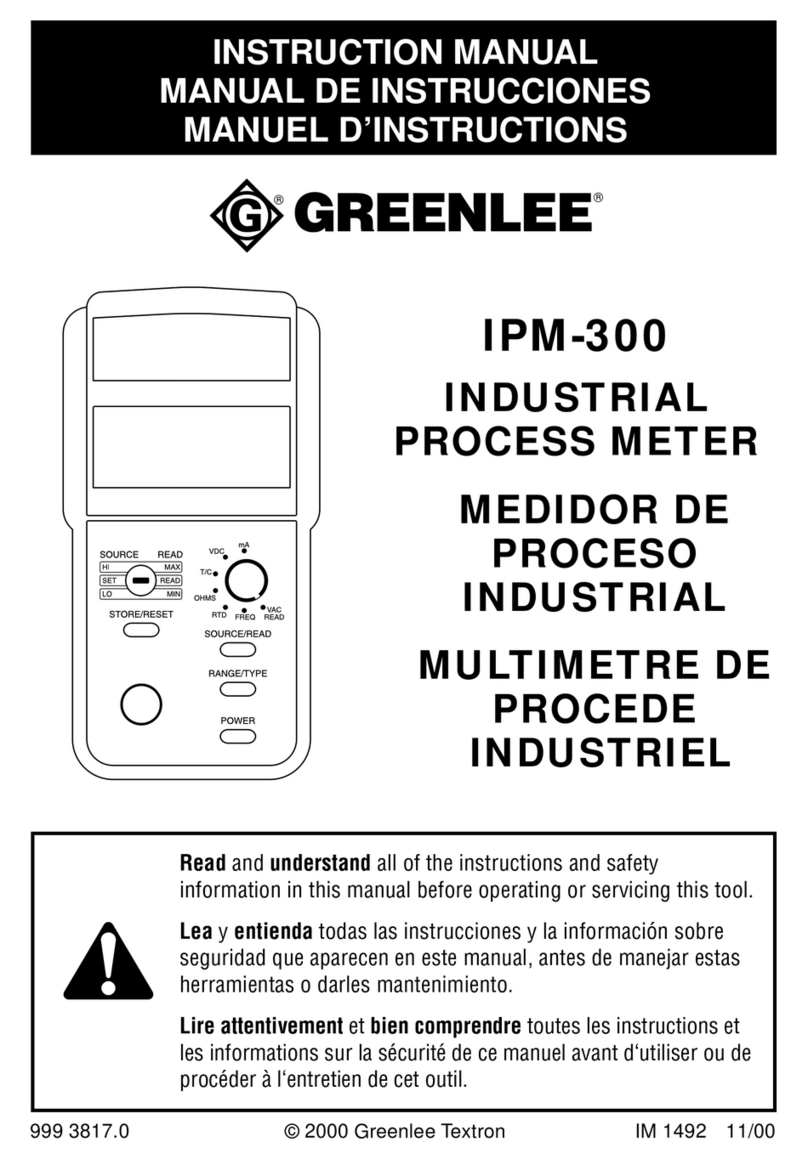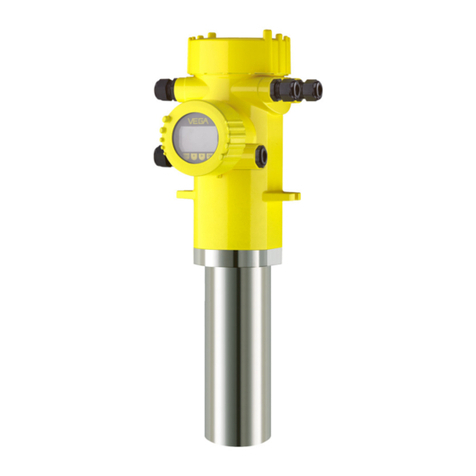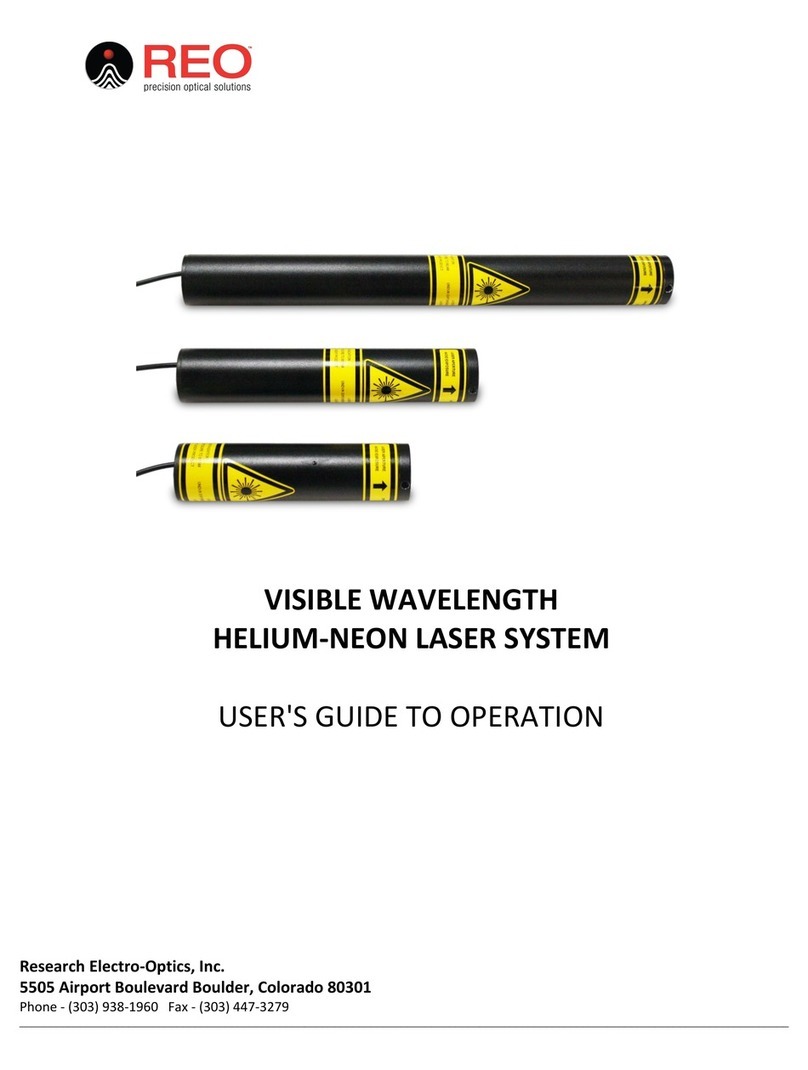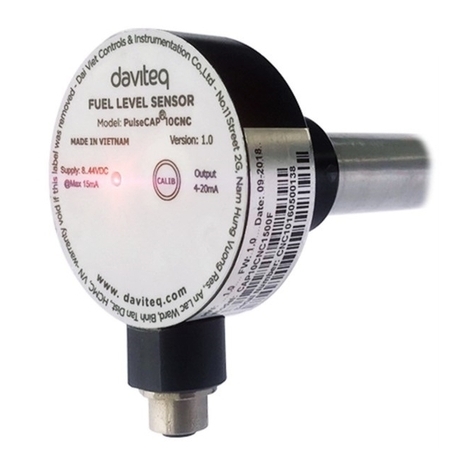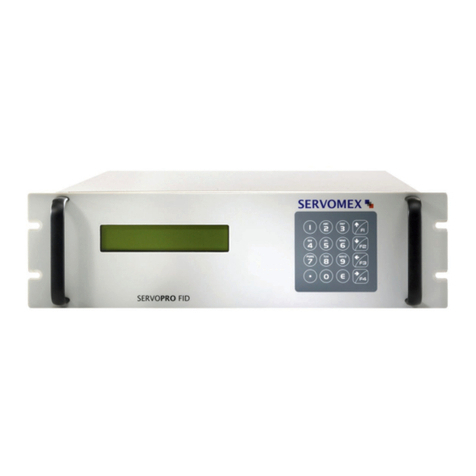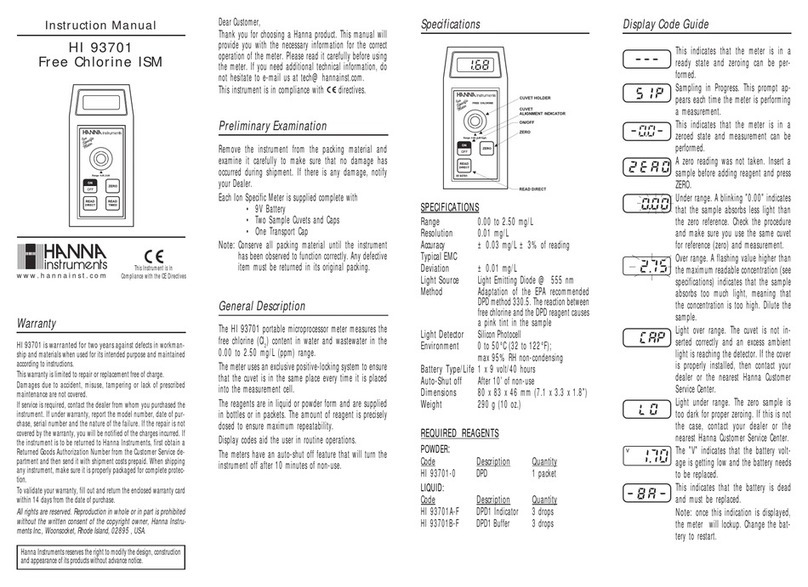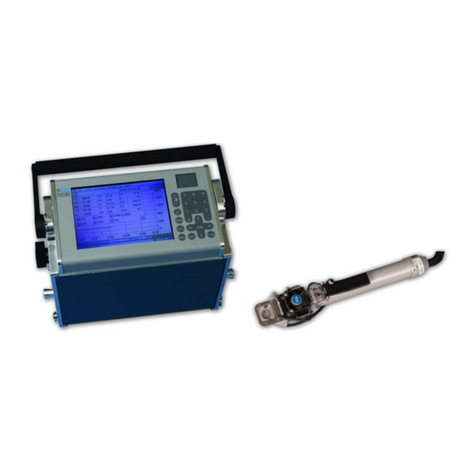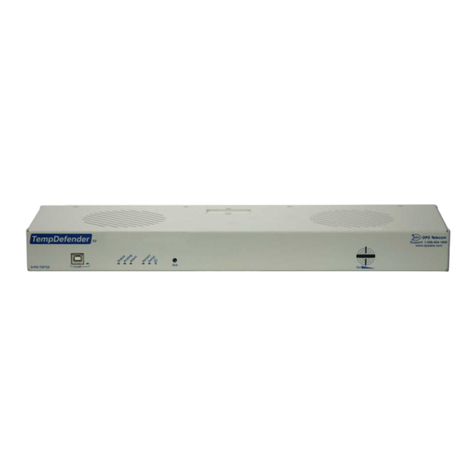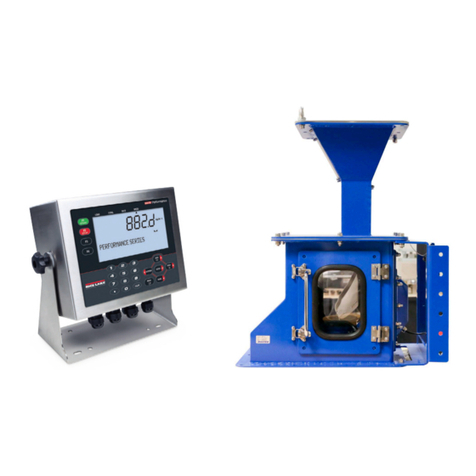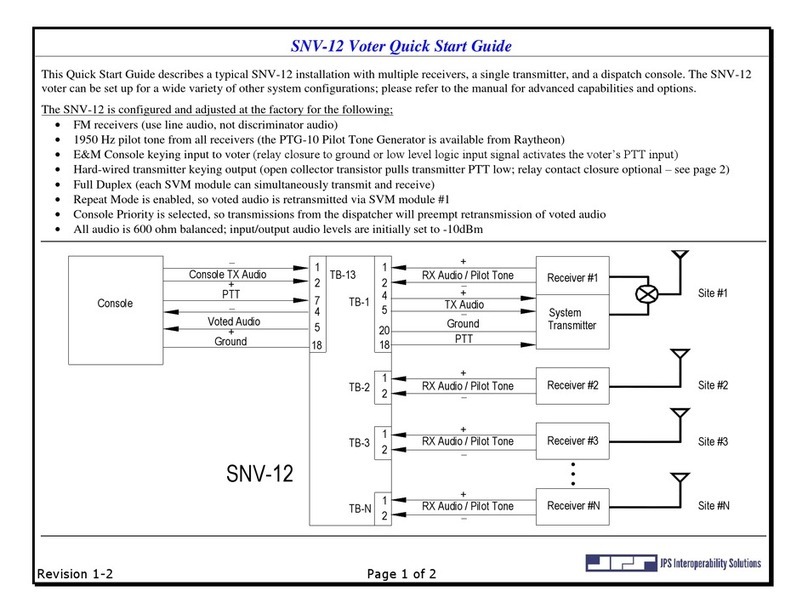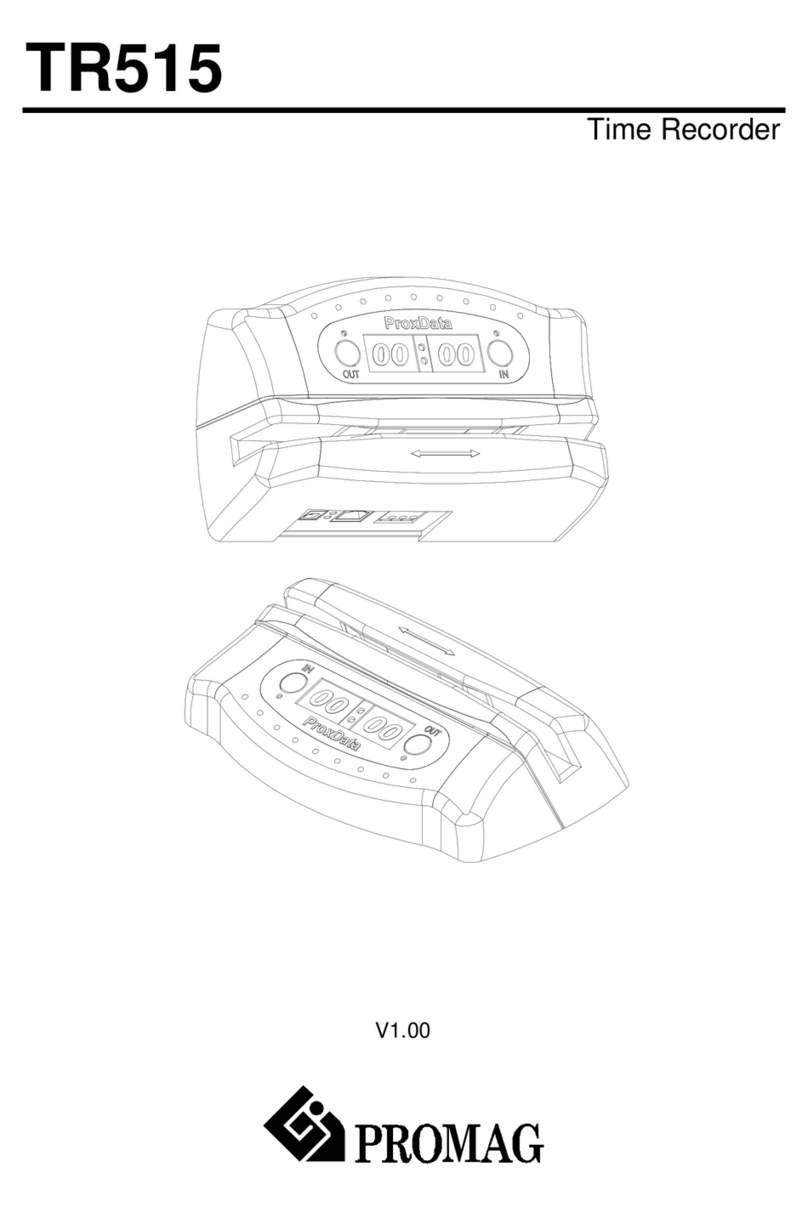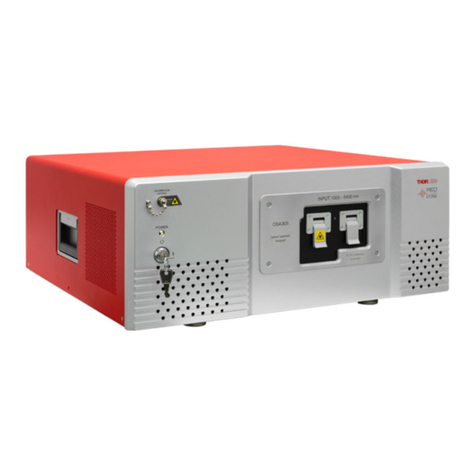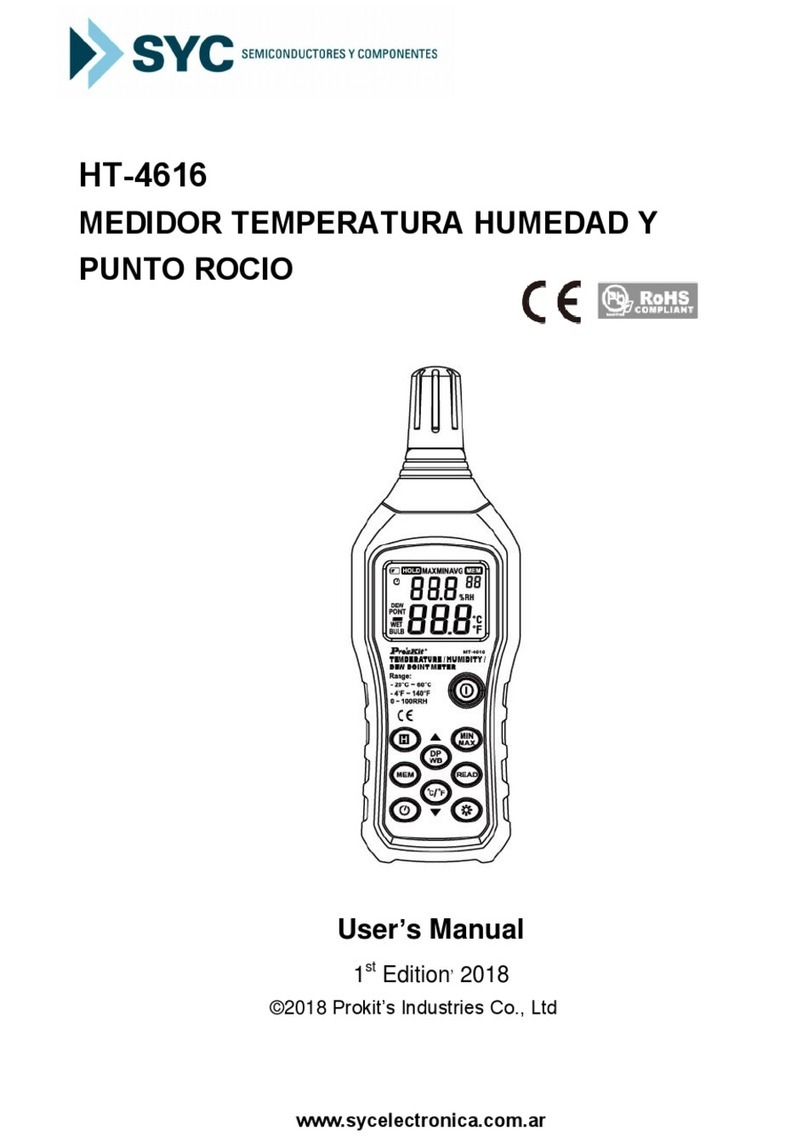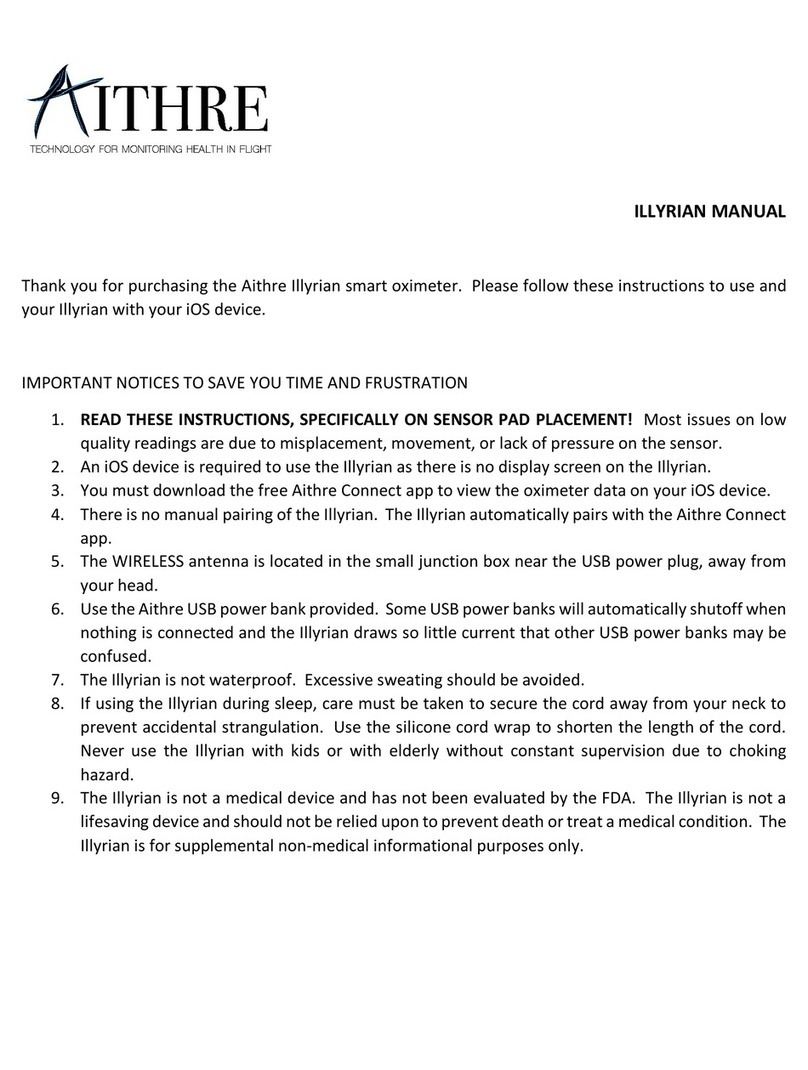Foif J2-2 User manual

1
Suzhou FOIF Co., Ltd.
INSTRUCTION MANUAL
J2-2
Optical Theodolite

2
Dear Customer:
Congratulations! We, FOIF are proud to present you with a J2-2
optical theodolite. Your theodolite is a rugged and reliable
instrument whose performance and design are not surpassed.
To fully appreciate and protect your investment, we suggest
that you take the necessary time to read and fully understand
this manual. We have a dedicated service organization. If the
need arises, please don’t hesitate to call us.
Thank you for your trust and confidence.

3
Product identification
The model and the serial number of your product are indicated on the type plate.
Enter the model and the serial number in your manual and always refer to this
information when you need to contact your agency or FOIF authorized service
workshop.
Type: ____________ Serial no.: ____________

4
Contents
Applications 1
Technical Data 1
Construction 3
Method of operation 8
Testing and Adjusting 17
Care of Instruments 23
Optional Accessories 24
Document 25

5
Applications:
J2-2 optical theodolite is a kind of precision angle-measuring instrument. It plays a
very important orle in geodesic survey and engineering measurement, therefore it is
widely used in third-order, fourth-order trainglulation, building, roadwork, pipe
playing, trnnelling, mining, cadastral survey as well as machine tooling and
installation etc.
Technical data:
Accuracy
Standard deviation in horizontal direction
measured
at face left and face right
±2″
Standard deviation in vertical angles
measured at
Face left and face right
±6″
Telescope
erect image
Clear objective aperture
40mm
Magnification
30×

6
Field of view at 1000m
24m
Shortest focusing distance
2m
Multiplication factor
100
Additive constant
0
Grass Circles
360°
Graduation diameter:
HZ circle
90mm
V circle
70mm
Graduation interval of HZ and V circles
20′
Smallest interval of optical micrometer
1″
Automatic Vertical Index
Setting accuracy
±0.3″
Working range
±0.3′
Reading Microscope
Magnification:
HZ system
48×
V system
62×
Bubble sensitivity per 2mm run

7
Circular level
8′
Plate level
20″
Optical Plummet
Magnification
3×
Angular field of view
7°30
Focusing range
0.3 – 6m
Weight
Net weight
6kg
Gross weight
9kg

8
Nomenclature

9
1. objective 15. vertical clamp
2. illumination mirror 16. footscrew
3. press button 17. illumination mirror
4. cover 18. optical plummet
5. optical sight 19. cover
6. level 20. circular bubble
7. bayonet ring 21. adjustment screw
8. adjustment screw 22. horizontal drive
9. eyepiece of microscope 23. vertical drive
10. eyepiece of telescope 24. change-over knob
11. focusing sleeve 25. micrometer knob
12. adjustment screw 26. horizonatal clamp
13. plate level 27. carrying handle
14. Hz circle drive
·5·

10
Telescope:
The telescope gives an erect image. The objective is constituted by a cemented
doublet and a separate lens. The eyepiece consists of a pair of symmetrical lenses.
This kind of construction gives excellent performance in image formation, brightness
and definition.
There are two optical sights on the top and the bottom of the telescope respectively
so that they are used for the initial pointing to a target in face left as well as face
right observations, when using electrical illumination for night or underground work,
the light from the vertical circle plug-in lamp is then reflectod off a mirror inside the
telescope towards the reticle.
On the surface of the reticle is the protective glass, should it be contaiminated, it can
still be cleaned without any harm to the reticle. After a left turn of the bayonet ring,
the eyepiece can be removed for exchange with another eyepiece.
Standing Axis
The standing axis system is of semi-kinemic type. The top of the axis bush is
cone-shaped and carries a ball bearings, the axis stem fits into the bush and is
centered in the ball bearing by the weight of the alidade, so that the play has little
effect on the verticality of axis.

11
The outstanding advantages of this type of axis system are small friction torque,
good abradability. If the bush has been weared, it will still remain serviceable after
renewal of ball bearing, and the change of temperature has little effect on the
standing axis.
Reading System:
In order to eliminate the erroneous influence of an eccentricity of the circle, it is read
at two diametrically opposed graduation lines by means of two prisms cemented
into the alidade. The optical wedge is employed as the micrometer
The principle of the optical wedge micrometer is that when a single ray traverses the
optical wedge, it emerges in an angle to its original direction, but with a lateral
displacement of the optical wedge, this angle of deviation remains unchanged,
therefore the purpose of micrometer can be realized.
Automatic Vertical Index
The effect on the vertical circle reading of any residual error in levelling up is
eliminated by the automatic index. The principle is that when the standing axis
Inclines slightly, the pendulum will swing through an angle in the opposite direction
correspondingly, therefore the light rays emerging from pendulum deviate so that

12
the effect of inclination of standing axis on the circle reading is eliminated. The press
button on the left standard checks the functioning of the automatic index. On
pressing the button, the graduation lines swing away from each other and then
settle back smoothly to their original position. The observer is then certain that the
automatic index is functioning. If the graduation lines do not settle smoothly to their
original position, but jerk to a stop, the instrument is not leveled up correctly.
Method of Operation
This instrument can be used with a three-groove tribrach
1. Centring
1.1 Centring with the plumb bob
Extend tripod legs so that instrument will be at comfortable height. Push bayonet
plug of plumb bob into fixing screw and secure by turning to right. Set up tripod so
that plumb bob is over ground point. Tread tripod shoes firmly into ground.
Open the container. Lift out instrument, place on tripod and with one hand still
holding the instrument, attach by means of tripod fixing screw. Rotate the
footscrews (16) to centre the circle bubble, slacken central fixing screw and move
over tripod plate until plumb bob is exactly over ground mark. Retighten fixing screw.

13
The instrument can be centred under a plumb bob suspended from a roof or ceiling
point, by lining up the tip of the plumb bob with the small point an the centre of the
optical sight. Before doing this the instrument must be leveled-up and the telescope
set horizontal.
1.2 Centring with optical plummet
For precision centring, the optical plummet is used. Turn eyepiece (18) of optical
plummet until cross hairs are in focus. Pull put the optical plummet until ground point
is in focus. Slacken tripod fixing screw and move instrument over tripod plate until
cross hairs coincide with ground mark. Turn the alidade through 180° and check
centring. Centring again and levelling again if necessary.
2.Levelling up
2.1 Levelling up with plate level
With horizontal clamp open, turn alidade so that plate level (13) is parallel to the line
joining any two footscrews A and B by equal and opposite rotations. Turn the alidade
through 90°in clockwise direction and centre the bubble with footscrew C. Repeat
the procedure until the bubble remains in the same, through not necessarily central
position, for all directions of the alidade. The plate level should be protected from

14
direct sun rays as these may cause the bubble to run off.
2.2 Levelling up with the automatic index
Proveded the instrument set-up is very stable, it is possible to level up with the
assistance of the automatic index. With this method, levelling up to about ±1″to
±2″is possible, it is especially useful for horizontal angle measurement with steep
sights and for plumbing.
Level up with plate level then proceed as follows:
a. With alidade in any position, tighten vertical clamp and then read vertical circle.
Vertical clamp and drive must not be touched.
b. Turn alidade through 180°. Read vertical circle. Compute the mean of the vertical
circle readings taken in steps a and b. Now, set micrometer to give the minutes and
seconds of this mean reading.
c. Turn alidade until telescope is parallel to the line joining any two footscrews A and
B. Turn A and B very carefully, by equal and opposite rotations, until the circle
graduation lines in top window of reading microscope coincide. That is until mean
vertical circle reading calculated in step b is set.
d. Turn alidade through 90°. Turn footscrew C until circle graduation lines coincide.
e. Repear until graduation lines are in coincidence for all positions of the alidade, i.e.

15
until vertical circle reading remains constant.
3. Sighting
3.1 Focusing
Point telescope to sky or an uniformly light surface. Turn eyepiece (10) until cross
hairs are sharp and black. The dioptric scale now indicates the correct setting for the
observer’s eye. Note reading for future setting. Slacken horizontal and vertical
clamps. Point telescope to target by means of optical sight. Tighten clamps. Look
through telescope eyepiece and turn focusing sleeve (11) until target is seen. Set
cross hairs close to target by turning sleeve until target image is sharp and free from
parallax. If there is parallax remove by adjusting the focusing slightly. During
observation, no further focusing is allowed.
4. Circle reading
Both the horizontal circle and vertical circle are read in the microscope. The
change-over knob is used to select the required circle. Turn the change-over knob
(24) clockwise to its stop, the horizontal circle is read, anticlockwise, the vertical
circle. In the left window is the micrometer scale. Turn the eyepiece (9) of
microscope until the reading is sharp and black.

16
4.1 Horizontal circle reading
Slacken horizontal and vertical clamps (26,15), turn the alidade. Point telescope to
target means of optical sight (5) tighten clamps. Set cross hairs close to target by
turning horizontal and vertical drives (22,23). Use double hair straddles the target if
the target is small enough, otherwise use single vertical hair splits the taget.
Turn the change-over knob to its stop, so that the white line on the knob is
horizontal. Open and turn the mirrors towards the light so that the field of view of
reading microscope is evenly illuminated.
The eyepiece of the reading microscope is turned until the circle graduation lines are
in focus. The cover is then opened and the circle drive (14) ispressed and turned
until the required reading appears. The circle drive is pulled out. The cover is now

17
closed to prevent any accidental displacement of the circle.
The micrometer knob (25) must now be turned until the graduation lines coincide
exactly when the micrometer scale is shown to its end, no further turning is allowed
in order to avoid damage to the scale.
Note: The last turn of the knob should be clockwise. In the left or central part of the
top window are seen the whole degree numbers. Below this is the number for tens
of minutes. In the left part of the scale seen the numbers for minutes. In the left part
of the scale seen the numbers for minutes and right, tens of seconds. The value of
one scale interval is 1″.
Reading in the top window 150°00′Reading in the top window 74°40′
Reading in the left window 150°01′54″
Reading in the left window 74°47′16″
4.2 Vertical circle reading

18
Turn the change-over knob anticlockwise to its stop until the white line is vertical,
open and turn the illumination mirrors towards the light so that the field of view of
reading microscope is evenly illuminated. The vertical circle is read in exactly the
same way as the horizontal circle.
The vertical angle a and the index error i are calculated from:
a = (R – L – 180°)/2 i = (R + L – 360°)/2
R: Reading at face right L: Reading at face left
5. Stadia Survey
The retical plate has a set of stadia hairs with multiplication factor of 100. When
used with a rod, the distance D from station to target can be decided as follows:
D = KL + C = 100L

19
L---rod section read on both stadia hairs
K---multiplication factor K = 100
C---additative constant C = 0
6. Electric Illumination
Where natural light conditions are inadequate for reading the circles, plug-in lamps
are used to illuminate the display. When using electric illumination, the illumination
mirror must be replaced by a plug-in lamp, and the lever under the optical sight must
be pushed towards the telescope objective until it reaches its stop. The light from
the vertical circle plug-in lamp is then reflected off a mirror inside the telescope
towards the reticle.
To prevent undue battery discharge when not in use, switch off the power supply at
the battery box.
Testing and Adjusting
1. Plate level
Level up as described before. If the bubble will not remain centered within one
division for all positions of the alidade, adjust as follows:
1.1 With horizontal clamp open, turn alidade so that plate level is parallel to the line
joining any two footscrews A and B. Centre bubble by turning A and B by equal and

20
opposite rotations.
1.2 Turn the alidade through 90°in a clockwise direction and centre the bubble with
footscrew C.
1.3 Turn the alidade clockwise through 180°. Note the position of the bubble. Bring
the bubble to a point halfway between this position and the central position by
turning footscrew C. Now, with an adjusting pin, carefully turn the adjustment screw
(12) until the bubble is centred.
1.4 Repeat until bubble remains centred within one division for positior of the
alidade.
Table of contents
Other Foif Measuring Instrument manuals
